Design is "utility enhanced by significance" - Daniel Pink
The first of the six senses highlighted by Daniel Pink in his book A Whole New Mind, is Design. He maintains that we are moving from an era which stressed functionality, to an era which stresses creative design.
Functional Design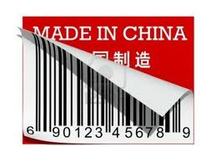
The creation of inexpensive mass production has resulted in cheap, functional goods available to the masses. It is also resulted in the movement and loss of jobs to overseas production. Daniel Pink states that creative design is part of what will propel us into a more creative age where products become more "beautiful, whimsical or emotionally engaging."
The Democracy of Design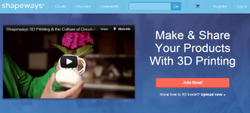
"Today we must all be designers"
- Daniel Pink Daniel Pink highlights a charter high school CHAD (Charter High School for Architecture) where all students apply architectural design to all subjects they study. If Daniel Pink were writing his book today, rather than in 2005, he may well be citing the ability of anyone to design, create and market objects from jewelry and art to tools and household items. These objects can be printed on one's own prototype machine, or at a facility such as Shapeways above. According to Ray Kurzweil, current efforts to incorporate electronics into designs will result in the ability to design and email a toaster, or other product to another who can then print it. Functionality + Personal Design! 3 Reasons for Design
1) Thanks to increased prosperity and advanced technologies, good designs are widely accessible by the public, and more people can take advantage of superior designs.
2) Abundance creates pressure on businesses to differentiate their products from purely functional products, by combining superior design with functionality. The Nest thermostat at right is one such product. It learns your temperature patterns over time and adjusts automatically. 3) As more people embrace a sense of design, we can use this to "change the world." Design Means Business / Business means Design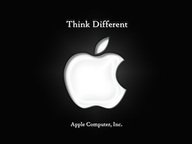
Daniel Pink expands on the 2nd reason for design listed above by highlighting companies in traditional industries that view design as the one element that differentiates them from the competition. Although Pink highlights GM, Sony and BMW, Apple is clearly the star of this category.
|
The Design Portfolio
|
Monday, November 5, 2012
Daniel Pink's Six Senses: Design
This is my Design contribution to a collaboration website featuring Daniel Pink's The Six Senses segment of his insightful book: A Whole New Mind.
Subscribe to:
Post Comments (Atom)
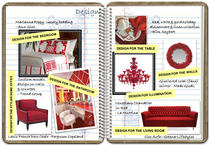
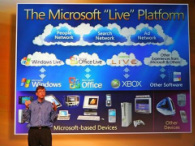

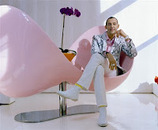



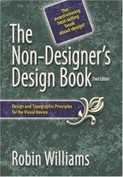


No comments:
Post a Comment